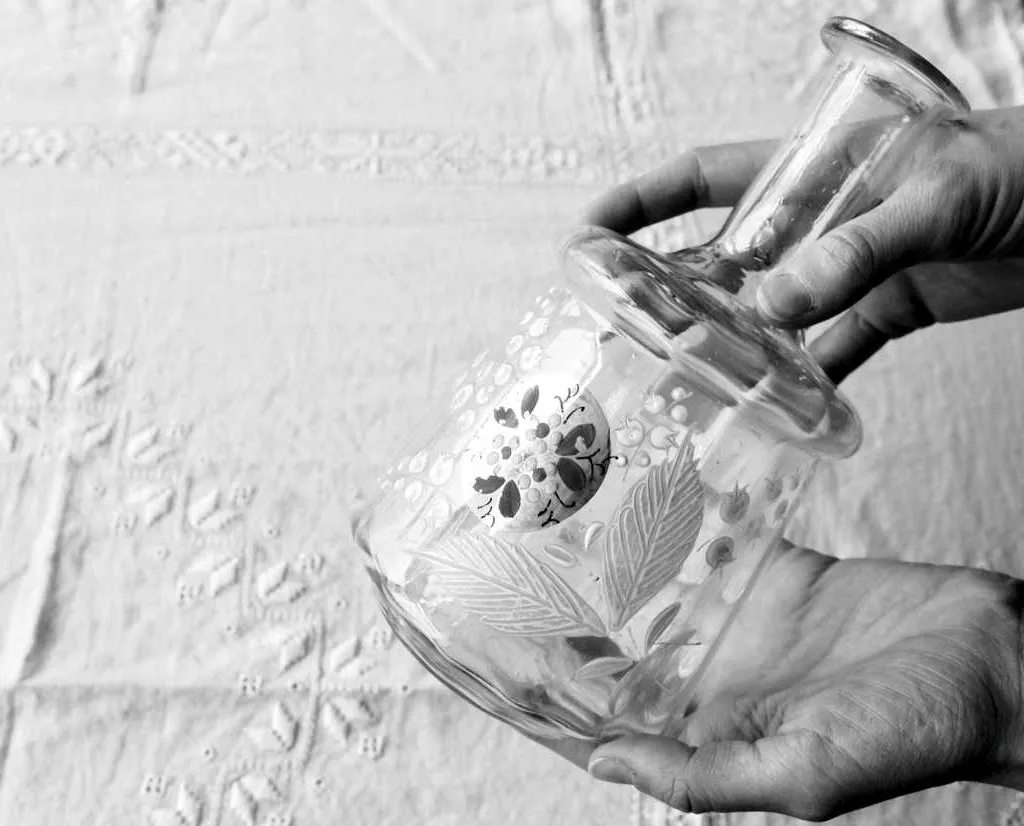Whether you keep them lined up empty on a shelf or filled with fresh flowers, leaves, twigs or anything else that takes your fancy, glass vases can provide eye-catching decorative elements in any room. Condition is key to visual appeal, and cloudiness – a common problem in old glass – can mar its appeal. So what is the best way to treat and prevent it? We explain all...

You might also like how to create floral displays with antique vases
You Will Need
- A plastic washing-up bowl
- Lukewarm water
- Washing-up detergent
- Cotton wool pads
- A bottle brush or artist's bristle brush
- Soft sponge
- Paper kitchen towel
- Microfibre clot
- Vinegar
- Denture tablet
You might also like collecting antique and vintage vases
How to clean a glass vase
- Using a plastic bowl rather than the sink (in case you knock the vase and chip it) fill it with lukewarm water and a drop of detergent per litre. Make sure the water isn’t too hot: glass is extremely susceptible to sudden changes in temperature and can shatter or crack if exposed to extremely hot (or cold) water. Avoid using the dishwasher to wash old or fragile glass – the heat and abrasive detergents will damage the surface and turn glass cloudy.
- Dip one object at a time into the lukewarm water, then wipe the surface gently with cotton wool pads to remove any grime or dirt, using a long-handled artist’s brush or a bottle brush for narrow areas. If the vase is gilded or enamelled, use a soft sponge, minimal water, and avoid rubbing in case any of the beautiful decoration wears away
- Rinse thoroughly in a bowl of clean water or, if you prefer, use damp cotton wool pads.
- Blot dry using paper kitchen towel or a microfibre cloth and, provided the vase is reasonably stable, leave it upside down to dry.
- Hard water contains mineral deposits that, when left in contact with glass for long periods, can calcify on the surface and is the most common cause of cloudiness. To remove, try filling the vase with vinegar and leaving for several hours or even overnight, then wash, rinse and dry. If stains persist and the glass is robust you can trysoaking with a denture tablet. To avoid this type of damage, don’t leave vases filled with water for long periods – clean them thoroughly after use and allow them to rest before refilling.
